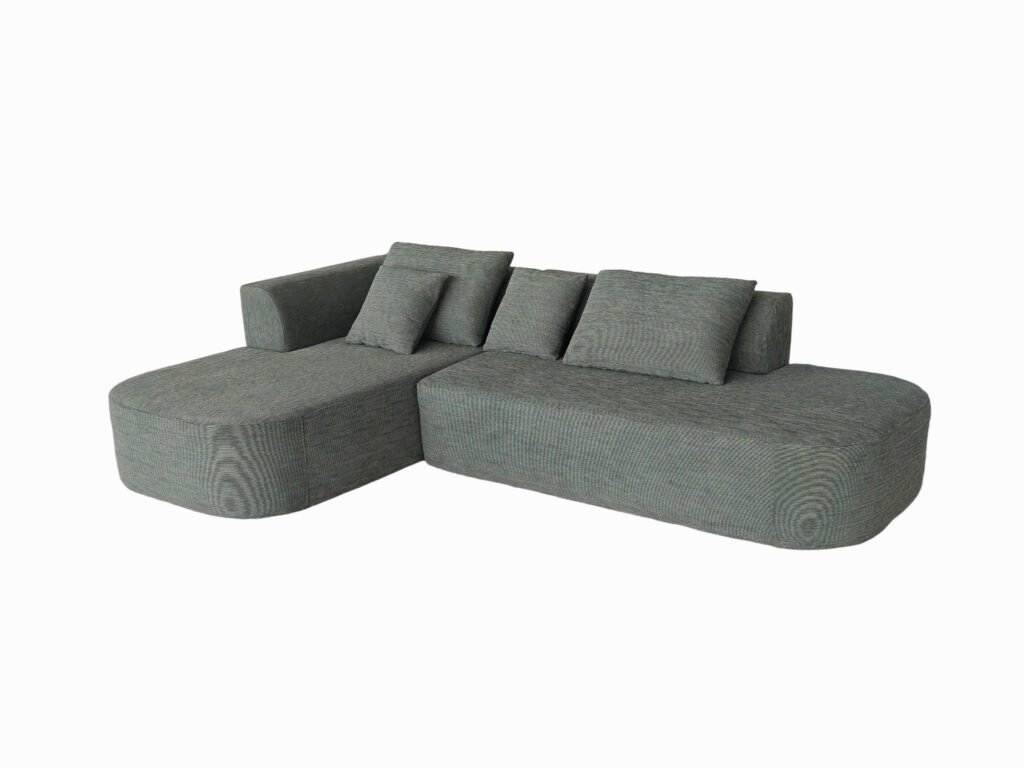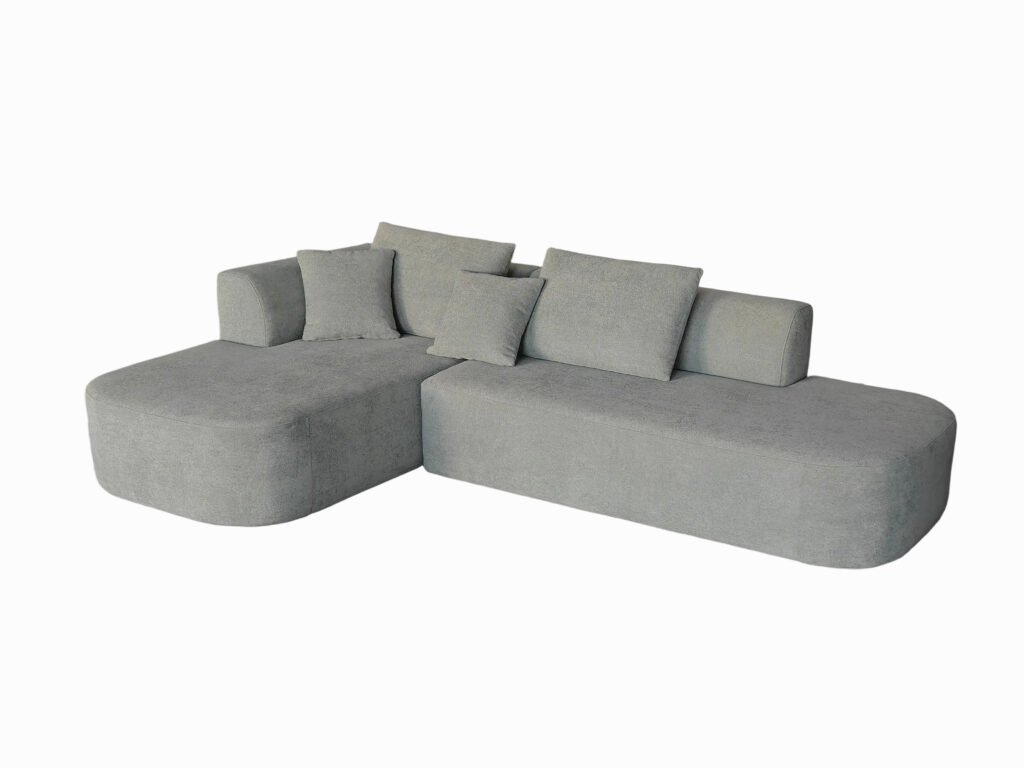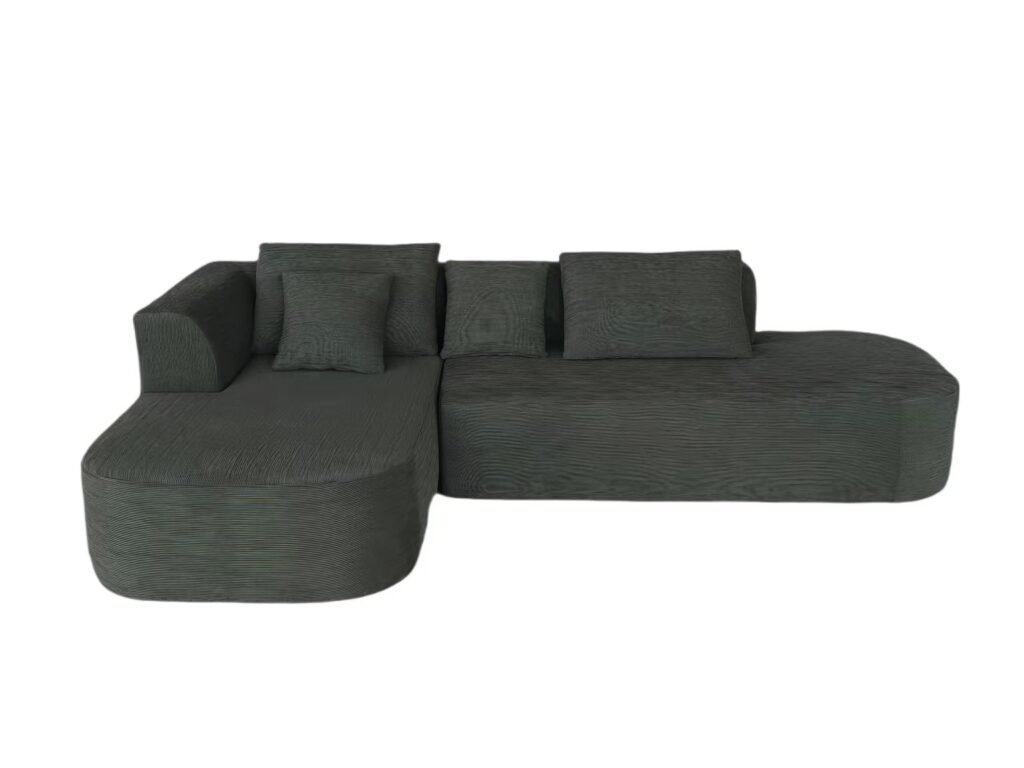For B2B companies in furniture manufacturing, retail, and hospitality sectors, understanding the environmental factors that affect compress sofa performance is essential for product quality assurance and customer satisfaction. One notable observation is that compress sofas tend to retain their shape better and longer in enclosed rooms compared to open or poorly ventilated spaces. This article explores the reasons behind this phenomenon and its implications for businesses involved in compress sofa production, distribution, and sales.


The Role of Environmental Conditions in Shape Retention
1. Temperature Stability and Foam Elasticity
Compress sofas use advanced foam materials such as high-density polyurethane or polymer sponges, which are sensitive to temperature fluctuations. Enclosed rooms typically maintain a more stable temperature range, which helps preserve the foam’s elasticity and structural integrity. Stable warmth prevents the foam cells from becoming brittle or overly soft, allowing the sofa to maintain its intended shape longer.
In contrast, exposure to extreme cold or heat in open or unregulated environments can accelerate foam degradation or deformation, causing sofas to lose shape prematurely.
2. Controlled Humidity Levels
Humidity affects the moisture content within foam and fabric materials. Enclosed rooms usually have better humidity control, reducing the risk of moisture absorption that can weaken foam resilience and cause fabric sagging or mildew. Proper humidity levels help maintain the compress sofa’s firmness and aesthetic appeal.
For B2B clients such as hotels, offices, or retail showrooms, ensuring sofas are placed in environments with regulated humidity extends product lifespan and reduces maintenance costs.
3. Reduced Exposure to Dust and Pollutants
Enclosed rooms limit exposure to airborne dust, dirt, and pollutants that can settle on sofa surfaces and infiltrate foam cushioning. Accumulated particles can degrade materials over time, affecting both comfort and appearance. By contrast, open or industrial spaces increase contamination risks, accelerating wear and tear.
B2B buyers benefit from placing compress sofas in cleaner, enclosed environments to uphold hygiene standards and meet customer expectations for quality.


Packaging and Handling Synergy
Compress sofas are vacuum-packed and wrapped in protective materials like plastic or non-woven fabric to maintain compression integrity during transit. Once unpacked, environmental conditions influence how well and how long sofas retain their expanded shape.
- Enclosed environments facilitate gradual foam recovery without abrupt temperature or humidity shocks.
- Open environments may cause uneven expansion or material stress due to fluctuating conditions.
This synergy between packaging and environment is a key consideration for logistics and showroom planning in B2B operations.
B2B Implications and Recommendations
- Product Placement: Businesses should advise clients to place compress sofas in climate-controlled, enclosed spaces to maximize durability and customer satisfaction.
- Storage Guidelines: Warehouses and showrooms should maintain stable temperature and humidity to prevent premature sofa deformation.
- Marketing Strategy: Highlighting the importance of environmental conditions in product care can differentiate brands and reduce post-sale issues.
- Sustainability Angle: Proper environmental management aligns with sustainable furniture practices by extending product life and reducing waste.


Conclusion
Compress sofas retain better shape in enclosed rooms primarily due to stable temperature, controlled humidity, and reduced exposure to contaminants. For B2B companies, understanding and communicating these factors improves product performance, customer satisfaction, and operational efficiency. Integrating environmental considerations into supply chain, storage, and marketing strategies positions businesses to meet evolving market demands for quality and sustainability.